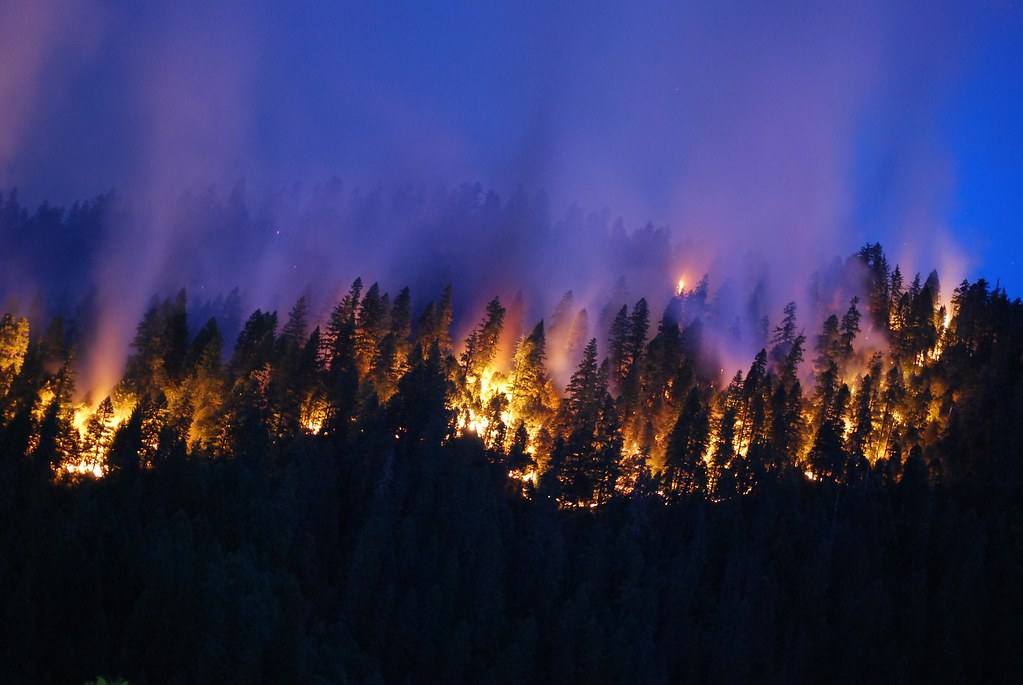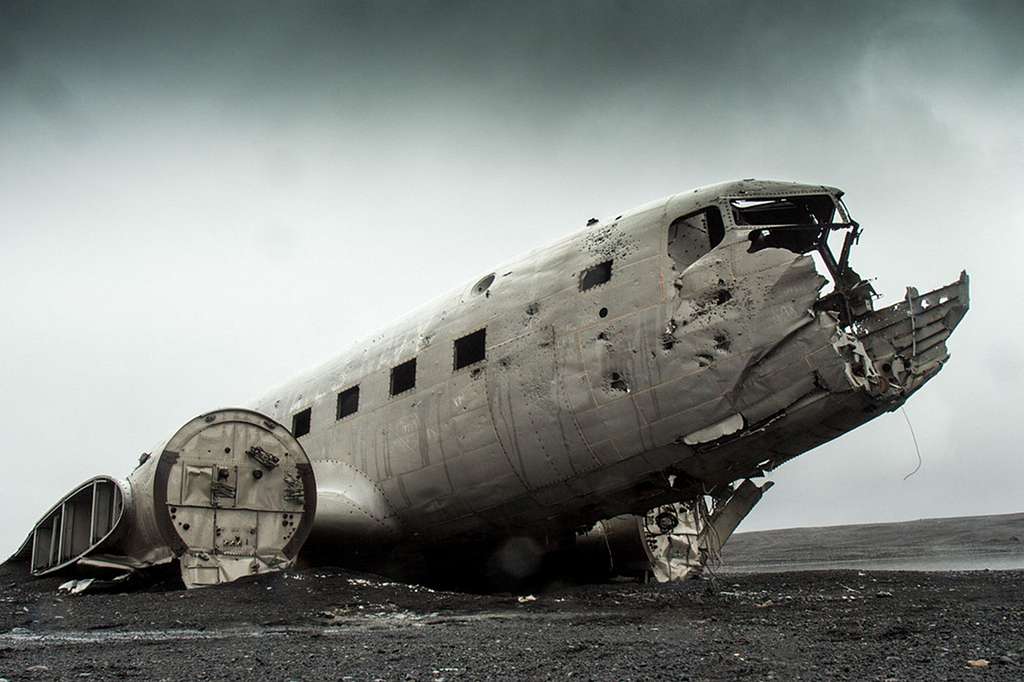There are more wildfires in the state of California. According to multiple sources, starting on January 7th, 2025, 4.3 million acres burned, and at least 28 lives were lost. In Pacific Palisades, just east of Malibu, the fires had grown to 23,448 acres and burned at least 6,800 buildings. The Palisades were the biggest of them all, with a perimeter of more than 36.6 miles. The Eaton fires started just hours after the Palisades, burning 14,021 acres, and 9,418 buildings. The Hughes Fire began near Castaic Lake, up north of Los Angeles, quickly burning 10,425 acres. As firefighters tried their hardest to take out the biggest fires, more continued to burst up.
Between the Lidia, Archer, Woodley, Sunset, Kenneth, Hurst, and Auto fires, 2,399 acres were burned. Throughout them all, at least 17 lives were lost due to the Eaton fires, while 11 of them were from the Palisades. Close to 200,000 people were evacuated as crews did their best to fight the fires. The fires destroyed many neighborhoods and left an unknown amount of people homeless. The insured losses of people’s homes may exceed over $20 billion, while the economic losses in total may be up to $50 billion, according to estimates published by JPMorgan. The official cause of the fire has not been yet determined. The agency did send out a red flag warning to about 19 million people. Wind exceeded 70 miles an hour along with less than 10% of average rainfall since Oct. 1st. Officials say the cause of the fires could have been from the weather.
The California fires have not just impacted the people, but also the animals. There are multiple reports on the ocean and wildlife in California. Smoke and ash have spread across the oceans, hurting ocean life and seafood. A group of scientists were studying water samples on the day the fires broke out, they said the ash and smoke were like snow falling on the water. Their concern is that this possibly affects the food web and people’s food. Though this is not the first time the Cal-COFI has studied ash in the waters, the recent LA fires are unlike anything else. The scientists took samples and studied them comparing samples taken in the same area. One of the scientists claims the effects could show up in a couple of weeks, or even up to a couple of years.
Similarly, wildlife has been impacted in many ways as well; from ecosystems being destroyed, to directly from flames, burned habitats, and even food sources taken by the fire. While some animals were able to flee, others could have been trapped due to little mobility. Most would think many animals could escape, but the fires increased globally, leaving little time for animals to be able to escape. Even if they did, smoke inhalation could leave the animals with serious respiratory issues. The wildfires were a serious threat, leaving animals with possible long-term damage to their ecosystems.
It is said that California has tried improving forest management practices by making a strategic plan for beneficial fire. Their ideas include using more of the cultural burning and prescribed fires to build community resistance and the forest, removing dead trees, and vegetation clearing. All of this would create more safe egress and ingress corridors. The people who have lost their homes are going without insurance or joining the fair access to insurance requirements. In conclusion, the California fires have affected many people and animals. There are charities to donate to, if you have the time to do so. It would be appreciated and very useful to all the victims who lost their homes and businesses.



